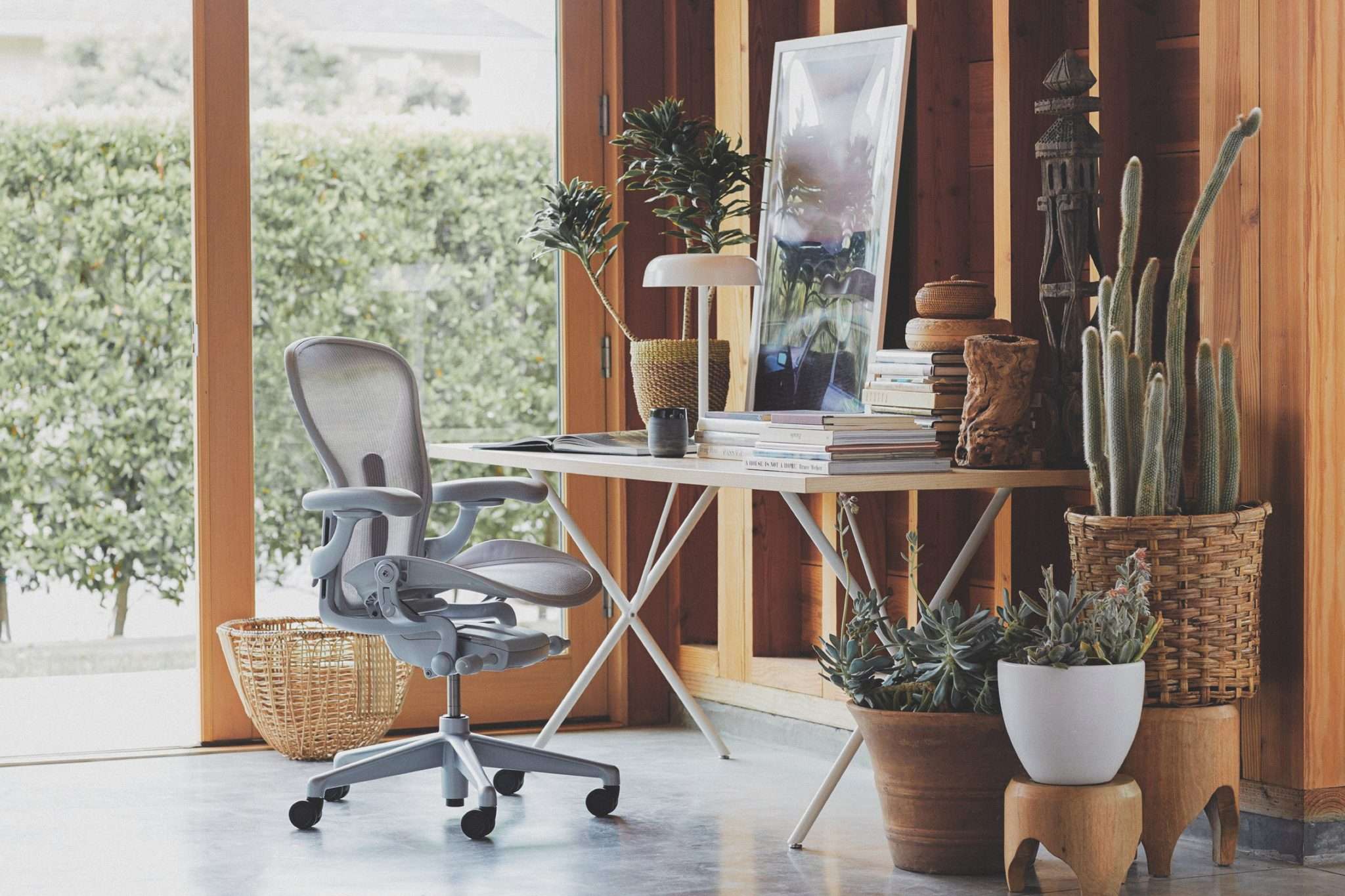Always ahead of its time, here’s how the iconic Herman Miller Aeron office chair became the most sustainable, too.
It all started in 1994.
The Herman Miller Aeron office chair debuted at the very beginning of the doctcom era as the workplace was shifting and more time was spent behind a desk than ever before. The chair was a pioneer in ergonomic design, including a first of its kind tilt mechanism that allowed the seat and backrest to move together to support the sitter while reclining.
Product designer Bill Stumpf watched people at work as he developed it. “What he saw was pandemonium. Personal computers had freed employees to assume any position,” Wired explains. “They’d lean forward, squinting at the screen, or kick back, keyboards in their laps. With materials expert Don Chadwick, Stumpf built a chair as flexible as the restless startup worker.”
Comfortable seat, sustainable stance
From its early days, the chair was also a leader in sustainability. Its minimalist design meant the need for fewer natural resources; its century-old brand reputation ensured it was designed to be durable and repairable, and even recyclable long before it was fashionable to do so. By the time the brand received the Cradle to Cradle certification in 2009, the chair was made with 64 percent recycled content, and contained no PVC.
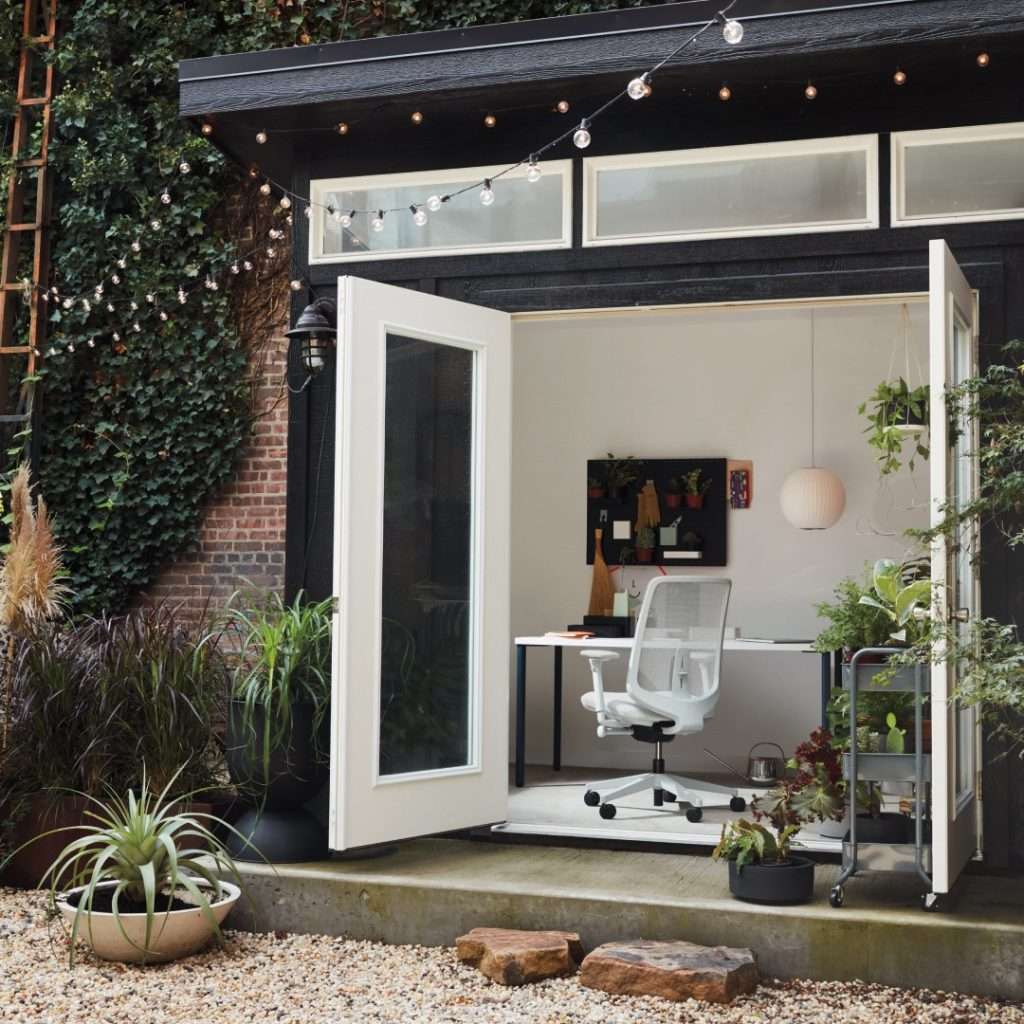
The Aeron would become the first Herman Miller product to receive the Cradle to Cradle V3 Silver Level certification. The Cradle to Cradle Certified Product Standard rates manufacturers on five categories: material health, material reutilization, renewable energy and carbon management, water stewardship, and social fairness.
One of the Aeron’s defining characteristics—and most sustainable–was the lack of leather from day one. For a high-end office chair, the use of mesh instead of leather was a first—and put the brand ahead of its time, long before it became a vocal champion of sustainability. Stumpf saw mesh as more supportive and capable of promoting a healthier posture. But it also added to the chair’s futuristic look and feel. The Aeron was an instant hit.
Ocean-bound plastic waste
In its latest effort to keep the Aeron ahead of the curve, the brand has announced the newest iteration of the Aeron will be made from ocean bound plastic—that’s plastic waste intercepted before it makes its way into ocean waters.
The move is part of its membership in the open-source collaboration, NextWave Plastics. Each chair contains up to 2.5 pounds of plastic waste, according to the brand. Herman Miller says this will reduce 150 tons of plastic waste per year, about the same as 15 million single-use plastic bottles. The brand says its aim is to increase its recycled content to 50 percent on all materials by 2030.
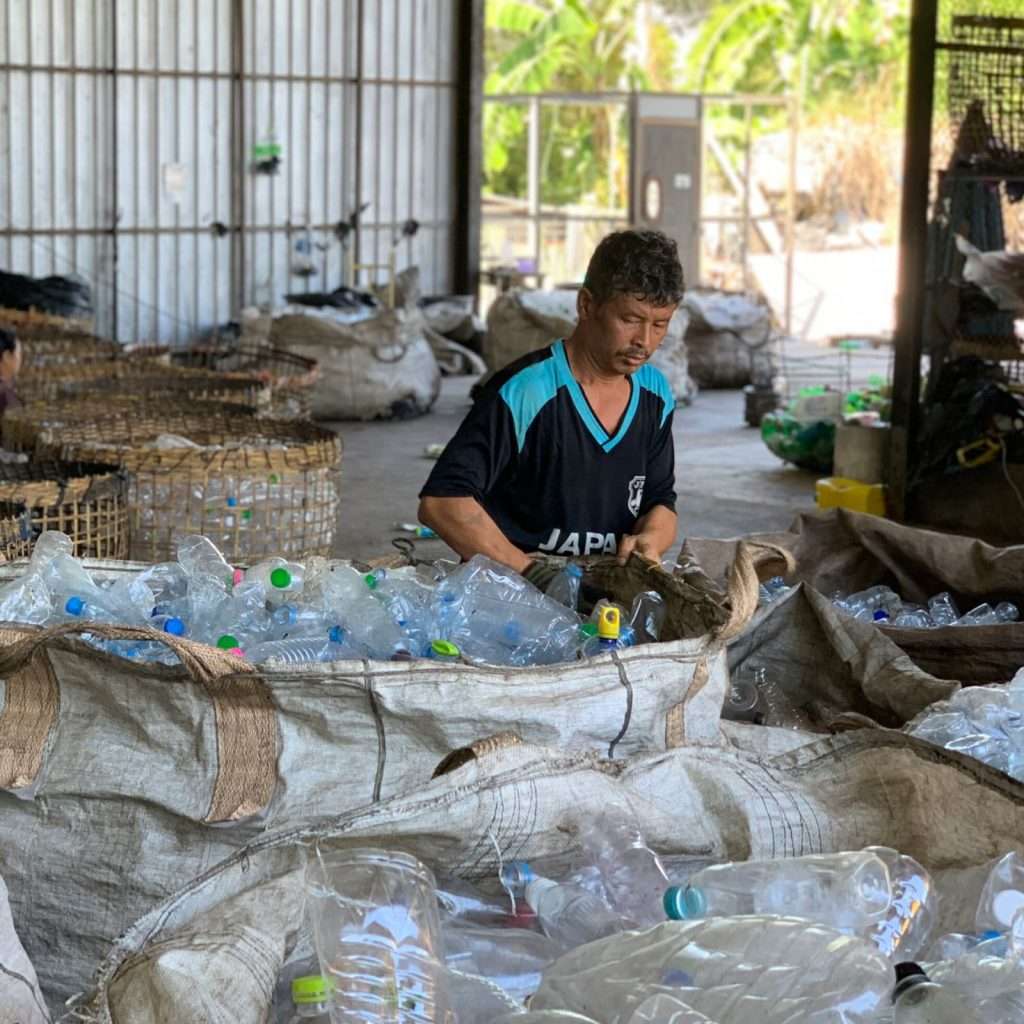
“Every year, an estimated eight million tons of plastic enter the ocean. This is roughly equivalent to dumping a garbage truck full of plastic into the ocean every minute,” Gabe Wing, Herman Miller’s Director of Sustainability, said in a statement. “We joined NextWave to play an active role in taking on the ocean plastic problem and cast a wide net for opportunities to incorporate ocean-bound plastic across our global operations. We’re proud of the progress we’ve already made with packaging and textiles and are eager to continue doing our part in preventing harmful plastic from reaching our oceans by adding it to the iconic Aeron Chair.”
A sustainability leader
Aeron may be the brand’s most recognizable offering, but it’s not its only sustainable Herman Miller piece of furniture. The brand has incorporated ocean-bound plastic into its recent OE1 Workplace Collection, the Sayl Chair, and its Revenio textile collection, which is made from 100 percent recycled materials, including a bio-based polyester.
Herman Miller is also adding ocean-bound plastic to its shipping crates as well as poly bags that protect the furniture. All totaled, the brand estimates its efforts will prevent more than 234 metric tons of plastic from entering the oceans each year—the equivalent of 23 million plastic bottles.
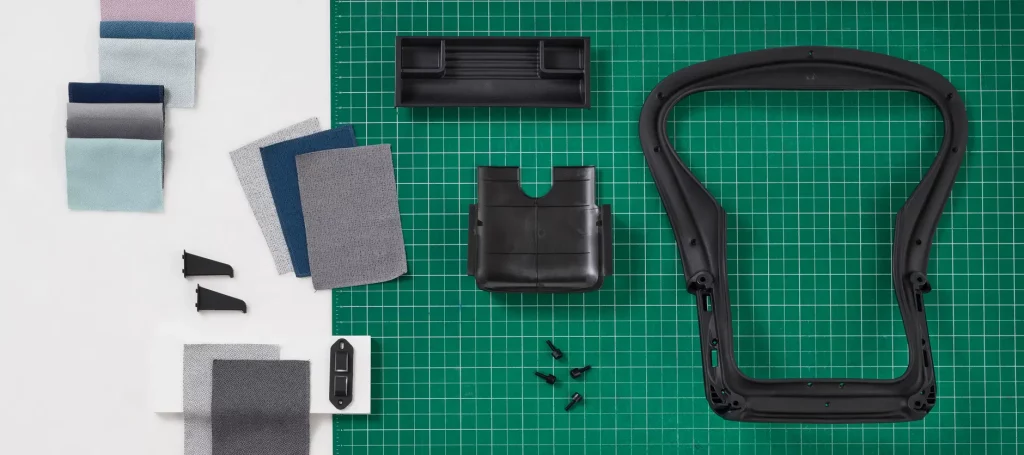
“On our current trajectory we are at risk of tripling the rate of new plastic entering the ocean every year. A critical strategy to disrupt that path is to demonstrate the value of ocean-bound plastic. In bringing the Aeron Chair made with ocean-bound plastic to market, Herman Miller is not only proving the commercial value of the material, but showcasing the power of collective action in developing ocean-bound plastic supply chains,” said Dune Ives, CEO of Lonely Whale, which convenes the NextWave Plastic project. “Herman Miller, and all members of the NextWave Plastics consortium, are taking the necessary action – today – to make a positive impact for the ocean and for us all.”
“We’re doing more than making an environmental impact,” said Bob Teasley, Director of Supply Management at Herman Miller. “By working with coastal communities around the world to harvest ocean-bound plastic, we’re increasing demand, creating jobs, and boosting economies.”
Shop the Herman Miller Aeron Chair below.
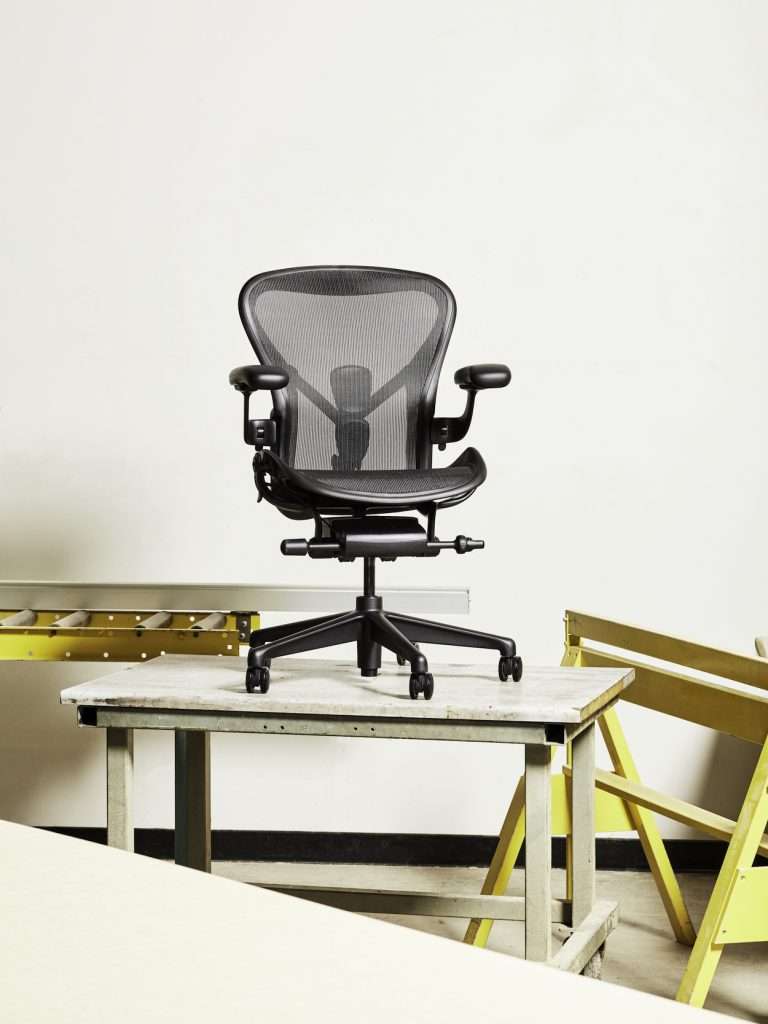
Related: This $32 Million Malibu Mansion Is the World’s First Zero Carbon Emissions Luxury Home

